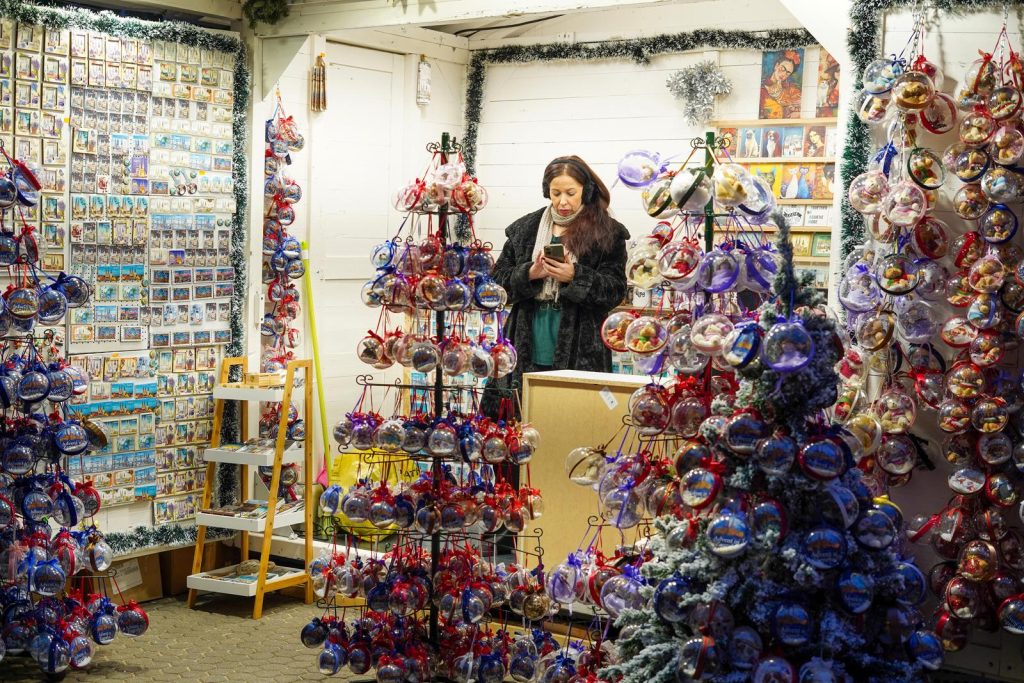December the 20th, 2024 – Croatian prices are the topic of plenty of conversation and have been for some time now, but how do they fare against the EU average?
As Jadranka Dozan/Poslovni Dnevnik writes, December has traditionally been the month of the highest consumption. This year will, by all accounts, break the records set back in 2023. In December last year, consumers paid for goods and services worth 3.2 billion euros with cards and cash.
According to the data on turnover reported in the fiscalisation system, in the first sixteen days of this month, 2.05 billion euros of turnover passed through fiscal registers. That’s equal to about one hundred million euros more than in the same period last year. This increase of 5.7 percent was achieved on an almost equal (i.e. slightly smaller) number of receipts.
croatian prices are causing issues, but spending is still high

At the pace from the first half of the month, December 2024’s level of consumption could exceed last year’s by 150-160 million euros.
Taking into account the number of receipts issued, current consumption trends are in line with the assessment of Krešimir Sever from the Independent Croatian Trade Unions. He believes that “people are basically buying the same as they did the year before, but they’re paying significantly more for it”. Sever emphasises this with food as a perfect example.
According to the latest consumer price index, in November, Croatian prices for food were on average 4.3 percent more than in the same month last year. If non-alcoholic beverages are also included, then that increase is 4.8 percent. That figure is significantly higher than the overall inflation rate (2.8 percent).

However, within the aforementioned average price increase in the food and non-alcoholic beverages category, Croatian prices of a number of products in annual comparisons recorded double-digit growth. Of the products from the statistical basket, cocoa (by almost 40%) and chocolate (27%) have increased the most in the past year. The prices of the above two items are typically influenced by the strong growth in cocoa prices on global markets. The same applies to coffee and tea (with an annual growth of 12-13 percent). In addition, double-digit increases have also been recorded for olive oil (almost 20%), lamb (12.5%) and wine (16%).
The list of products that were cheaper in November this year than in November last year is much shorter. Some of the basic foodstuffs are among them – potatoes are currently 10 percent cheaper, according to the Croatian Statistical Office, and sugar has dropped by 8.7 percent.
In any case, stories about festive spending are usually accompanied by additional questions about the general price level and the overall standard of living. This perception generally doesn’t coincide with indicators of Croatia’s progress in the context of the level of development measured by GDP per capita in relation to the EU average.
the consequences of eurozone accession

We’re often being treated to reminders that Croatia’s GDP per capita has now reached 78 percent of the EU average. That said, Eurostat’s comparative overview of real individual consumption (SIP) according to the purchasing power standard offers a somewhat different picture.
SIP consists of goods and services that households actually consumed and is usually considered an indicator of the material well-being of said households. According to this indicator, Croatia only made modest progress in the period from 2021 to 2023: from 74 to 76 percent of the EU average. This can be largely attributed to Croatian prices.
According to Eurostat, Croatian prices increased from 65.2 to 71.2 percent of the EU average in the aforementioned three years. Price convergence of six percentage points (or more) among the dozen countries from the so-called New Europe group was mainly recorded by those that are more directly exposed to the ongoing conflicts in Ukraine. In neighbouring Slovenia, Slovakia, Bulgaria, and Romania, for example, prices have increased relatively less than in Croatia.










